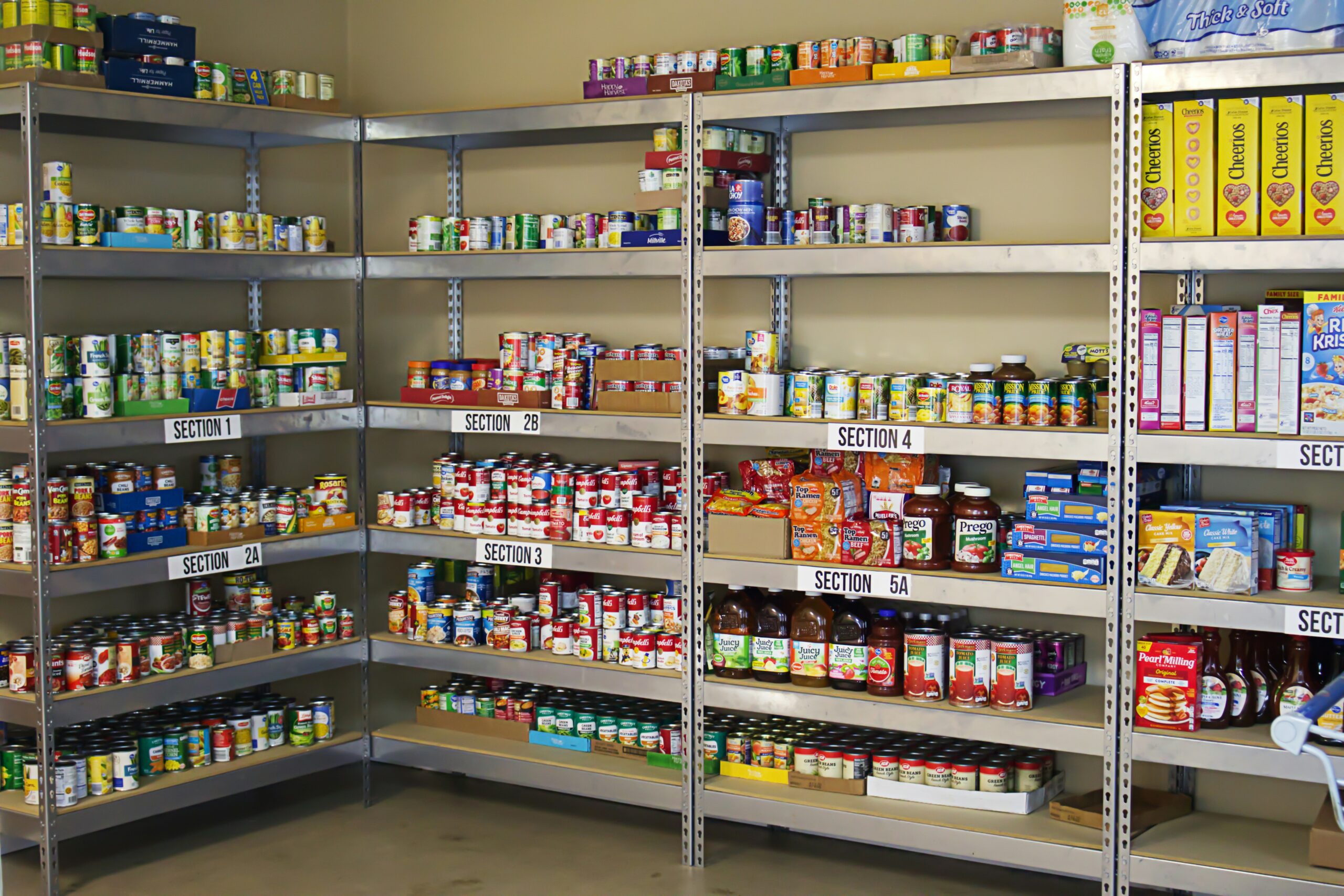What we’re watching: Weekly disaster update, May 5

We know all too well that disaster can strike anytime, anywhere in the world. Some disasters make headlines; others do not. Here at the Center for Disaster Philanthropy (CDP), we monitor the status of disasters worldwide and compile a list of the ones we’re tracking weekly, along with relevant disaster-related media coverage.
Here’s what we’re watching for the week of May 5, 2025.
New or Emerging Disasters
Wildfire – Israel: Beginning April 30, the largest wildfire in Israel’s history spread just outside of Jerusalem. The Israeli government declared a national emergency and called on international aid to help fight the fires. About 6,000 acres were burned, and twelve people were hospitalized. No homes were damaged, and the wildfires have now been contained. The cause is under investigation.
Flooding – Oklahoma: Severe storms have battered Oklahoma over the past several weeks, flooding homes and stranding people in their vehicles. On May 1, a dam collapsed, completely washing out the only road in and out of a rural community south of Oklahoma City. The collapse turned the road into a giant crater and stranded 109 families. Authorities are trying to build a temporary access road.
Previous or Ongoing Disasters
Flu – USA: This has been the deadliest pediatric flu season in 15 years. Officials have counted 216 pediatric flu deaths so far. This is likely an undercount, and the number is expected to rise when official tallies for this season are counted in the fall.
There are a few reasons why this season has been so deadly for children. One is the fact that only 49% of kids have been vaccinated against the flu, compared to 64% five years ago. Overall, more than 600,000 people have been hospitalized for the flu this season, and there have been over 26,000 deaths.
Complex Humanitarian Emergencies – Nigeria
When a country experiences political conflict, climate shocks, famine, economic challenges or other conditions, it may suffer a complex humanitarian emergency (CHE). CDP maintains complete profiles on several CHEs. Every week, we highlight these and other CHEs hoping to build awareness and philanthropic response.
Millions of people in Nigeria are expected to face emergency levels of hunger ahead of the lean season.
Key facts:
- About 25.1 million people were acutely food insecure at the end of 2024.
- About 33.1 million people are projected to face severe food shortages during the lean season between June and August 2025.
- Food inflation stood at 23.5 percent in February 2025.
- Farmers suffered low cereal crop output in 2024 due to conflict, high interest rates on loans, low household purchasing power, drought and pest outbreaks.
- High fuel prices and poor road conditions have also made it difficult to get goods to markets.
- About 2.5 million children are projected to be severely acutely malnourished in 2025.
The World Food Programme (WFP) suspended aid operations for many food-insecure and vulnerable people in Nigeria last month due to funding shortfalls.

What We’re Reading
- Proposed cuts to federal disaster assistance will hit states just as hurricane season ramps up – Urban Institute
- How to stop Nigeria’s worsening farmer-pastoralist violence – The New Humanitarian
- The vessel of change: Black, indigenous and low income communities are often left behind in disaster recovery – Essence
A moment of hope… In April and May 2024, more than one million people were displaced from their homes or left without power in Texas for weeks following a major derecho (straight-line winds, floods and tornadoes). The Disaster Alliance of Houston created a Derecho Recovery Fund to help those affected. The final impact report was recently published with heartening results showing that those who were most disproportionately affected by the disaster received support from the fund:
- A total of 87% of households that received funding were below the Area Median Income line.
- About 94% of those who received funding were Black, Latino or mixed race.
The Derecho Recovery Fund served 6,007 individuals living in 2,034 households by providing emergency financial assistance, resource navigation and home repair.
